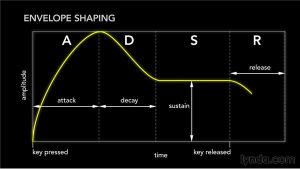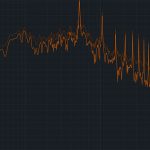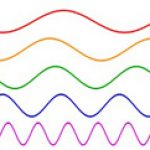Properties of Sound : Envelopes
Diving into the second edition of our properties of sound series, this week we’ll be looking at Envelopes or the ADSR( Attack Decay Sustain Release ) of sonic signals.
In simplistic terms, the attack refers to the the amount of time required for the onset of the sound once the note is played.
A practical example of a long attack time would be the sound of someone yawning. Although the action of yawning has actually begun, the sonic equivalent takes slightly longer to hear.
In terms of electronic music think of a pad as having a Long onset or attack contrary to a snare drum having an immediate and short attack.
The Decay is the time required for the sound to reach the Sustain envelope.

At this moment it would help to think of the attack release and decay modes as time based effects which in essence correlate to not only the action of pressing the note but also to the way the envelopes are set which creates fictional slopes for the way the sound is transmitted.
Think of the Sustain as the the highest point to which the signal will reach. Either in terms of brightness if on the filter or volume if on the amplifier envelope.
The release is the time required for the note to go off. A longer release makes the note go on for the duration defined, imagine a piano, once a note is struck and released the amount of time the volume takes to fade out is known as the release of the envelope.
All together for sound design the ADSR correspinds not just to the shape of all sounds designed by electronic musicians on synthesizers but for all sounds we hear in our everyday lives.
Next week we’ll be looking at the pitch of sounds and it’s impact on sound.





